Karen Dolby - Queen Elizabeth IIs Guide to Life
Here you can read online Karen Dolby - Queen Elizabeth IIs Guide to Life full text of the book (entire story) in english for free. Download pdf and epub, get meaning, cover and reviews about this ebook. year: 2019, publisher: Michael OMara, genre: Non-fiction. Description of the work, (preface) as well as reviews are available. Best literature library LitArk.com created for fans of good reading and offers a wide selection of genres:
Romance novel
Science fiction
Adventure
Detective
Science
History
Home and family
Prose
Art
Politics
Computer
Non-fiction
Religion
Business
Children
Humor
Choose a favorite category and find really read worthwhile books. Enjoy immersion in the world of imagination, feel the emotions of the characters or learn something new for yourself, make an fascinating discovery.
- Book:Queen Elizabeth IIs Guide to Life
- Author:
- Publisher:Michael OMara
- Genre:
- Year:2019
- Rating:4 / 5
- Favourites:Add to favourites
- Your mark:
Queen Elizabeth IIs Guide to Life: summary, description and annotation
We offer to read an annotation, description, summary or preface (depends on what the author of the book "Queen Elizabeth IIs Guide to Life" wrote himself). If you haven't found the necessary information about the book — write in the comments, we will try to find it.
A timely celebration of the many attributes our Queen brings to the nation - fortitude, stoicism, diplomacy, family values, sense of fun and style among them.
Queen Elizabeth II - Britains longest-serving monarch, Supreme Governor of the Church of England and the Head of the Commonwealth - has reigned over us for a record-breaking sixty-seven years. Now in her ninety-fourth year, this timely celebration sheds new light on the myriad attributes and personal qualities she brings to the nation.
From fortitude in the face of adversity to standing as the nations ambassador all over the world, no one could doubt the work ethic that powers this remarkable woman, even into her nineties. Equally, her love of family - from her rock of over sixty years marriage, Prince Philip, to her great grandchildren - shines through. But what are the secrets of her success? How does she still approach her day-to-day with such vitality and aplomb, even when culture and society are changing rapidly all around her?
The Queen on fame: When an MP commented that it must be a strain meeting so many strangers all the time, the Queen smiled, It is not as difficult as it might seem. You see, I dont have to introduce myself. They all seem to know who I am.
The Queen on fashion: In the late sixties when Mary Quant and the mini skirt came to epitomize all that was fashionable, Princess Anne suggested her mother might also consider shortening her hemline. The Queen was adamant, I am not a film star.
The Queen on family: As Great Britains most famous great grandmother, it is no surprise that the Queen values family life. Marriage gains from the web of family relationships between parents and children, grandparents and grandchildren, cousins, aunts and uncles.
In this book Karen Dolby unpicks the key elements that make the Queen so special to - and so loved by - the nation and presents a guide to how you too could put into practice some of Her Majestys traits to help overcome adversity, find inner strength and present yourself as wonderfully considered and calm, even when all about you seems in chaos.
Karen Dolby: author's other books
Who wrote Queen Elizabeth IIs Guide to Life? Find out the surname, the name of the author of the book and a list of all author's works by series.




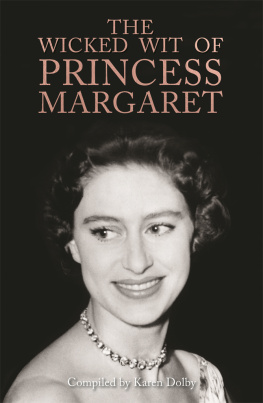
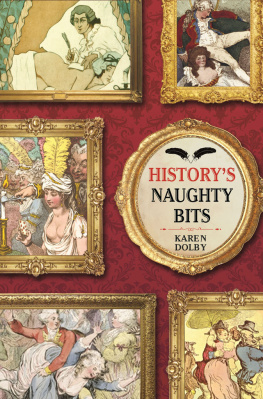
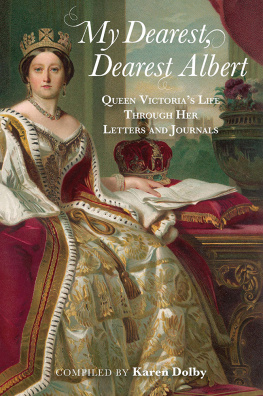

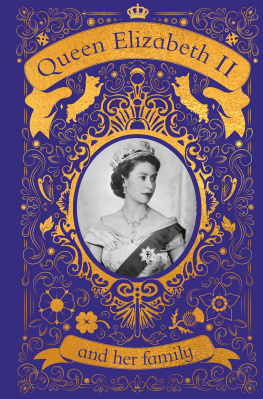
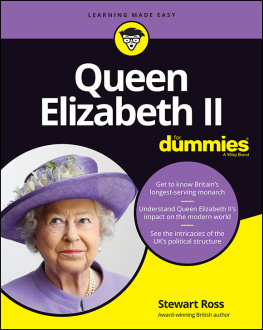
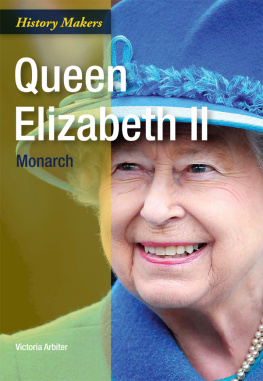
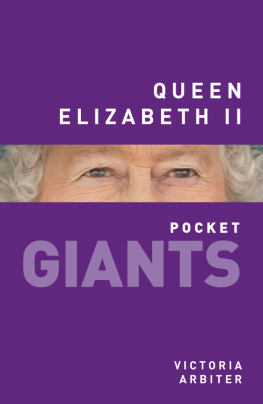
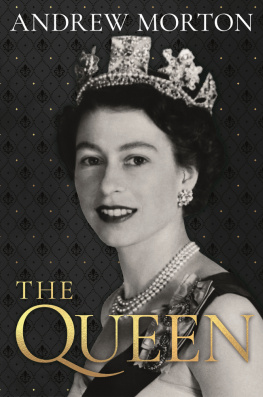
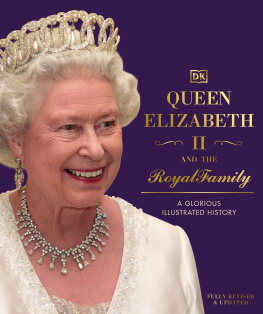

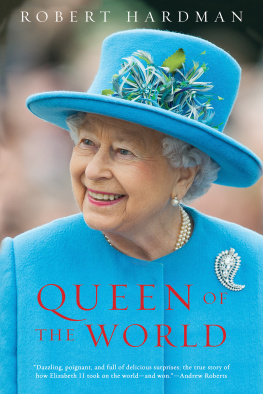
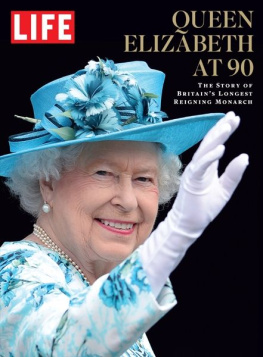
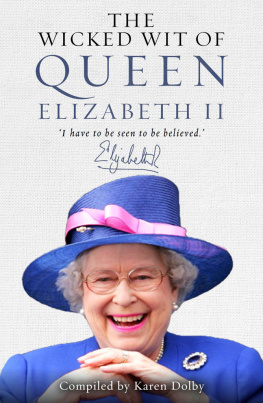
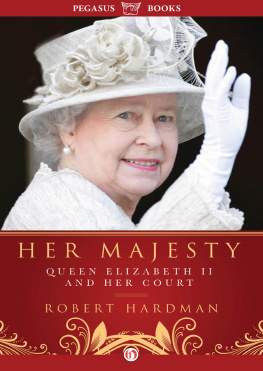

 GUIDE to LIFE
GUIDE to LIFE 
